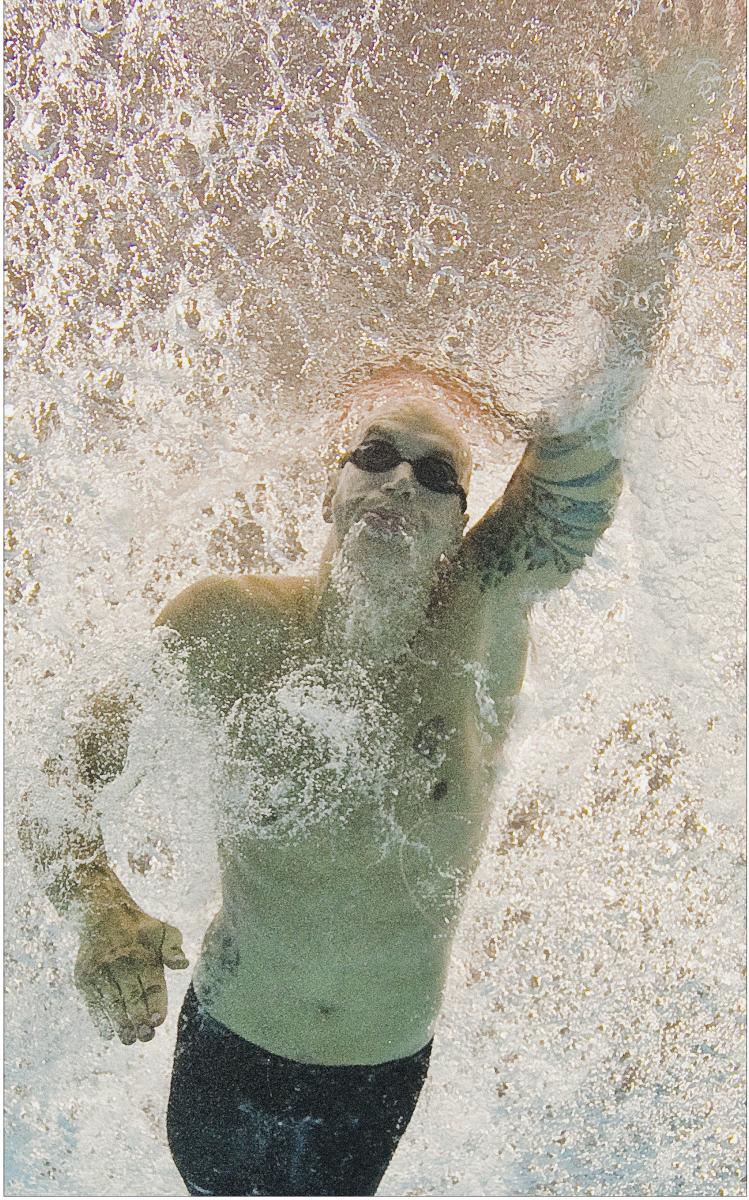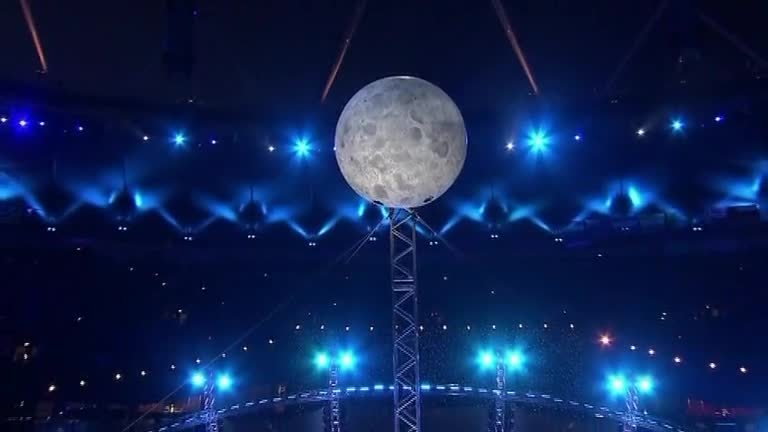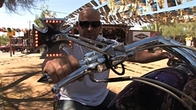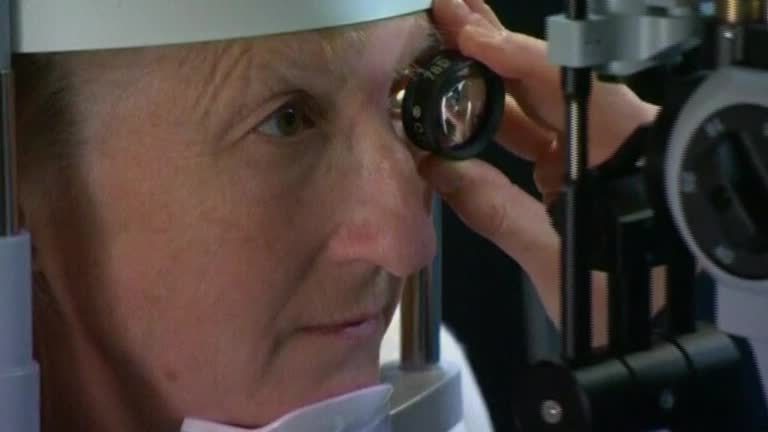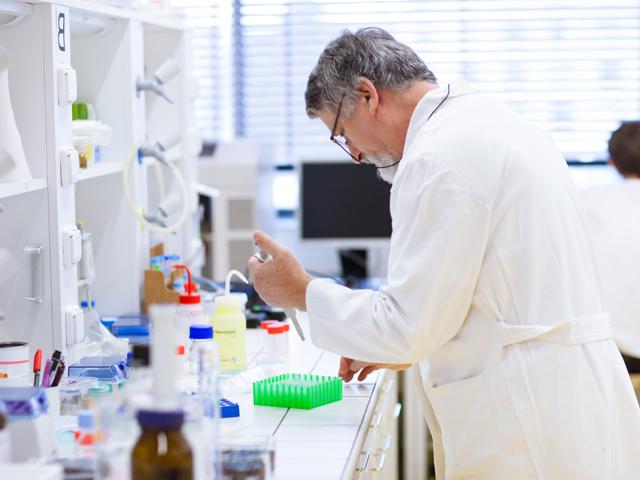Rebuilding Brent Hayden
When the former world champion competes in London, he will do so as one of the sport's best starters - thanks to a team of experts focused on shaving fractions of seconds off his times
Brent Hayden is a former world-champion freestyle swimmer who will compete for Canada at the London Olympics, which begin later this month. He won a silver medal in the 100-metre freestyle at the 2011 world championships in Shanghai.
Photograph by: Francois Xavier Marit, AFP, Getty Images , Vancouver Sun
Brent Hayden has long had everything it takes to be a world-beater as a freestyle sprinter - if you don't count the starts and the turns.
In a swim race decided by hundredths of a second, those two not-so-minor details looked as though they might be forever fatal to his medal chances in an Olympic pool.
In other words, he was a prime candidate for ... not an extreme makeover, exactly. More of a biomechanical tweaking. Enter Dr. Allan Wrigley, and a semi-secretive, wholly altruistic group of wealthy philanthropists called B2ten.
Yes, the same publicityshy donors who selectively aided 24 Canadian elite athletes in the buildup to the 2010 Vancouver Olympics, and asked nothing in return when they won seven gold, two silver and three bronze medals.
A cheque is written by B2ten, and a pair of modern Omega starting blocks, $20,000 worth including installation, suddenly appear on the pool deck at the University of British Columbia. Another cheque, and a self-taught savant at the art of the start - South African sprinter Roland Schoeman - is flown in to work with his longtime friend and rival, Hayden, and some younger Canadian swimmers at UBC, while Wrigley films the sessions.
Another cheque, and Wrigley and Hayden's Vancouver National Swim Centre coach, Tom Johnson, are on their way to Estonia to visit Johnson's old friend Rein Haljand, a world-renowned sports biomechanist at the University of Tallinn, where they view and eventually buy from him the most sophisticated swim-analysis software ever developed.
A year passes. Hayden, who was consistently one of the three slowest starters in any eightman international final, is now consistently one of the three fastest.
A 28-year-old former world record holder - ranked No. 1 in the world at 100 metres after the 2010 Commonwealth Games, third last year - closing in on the end of his physical prime suddenly learns what muscle movements are required to get him off the block quicker, and sustain his underwater speed longer.
And, amusingly, Team Hayden so successfully deconstructs and copies the turning technique of an Australian competitor that an Aussie national team coach one day says to Johnson: "We'd like to learn how you guys are doing that. Brent is beating us on the turns."
The simple answer? Physics.
But the more Wrigley, the biomechanist, learns - and he's been working with Canadian Olympians for six years, the last two exclusively with Swimming Canada - the more he realizes how much is still unknown about what makes swimmers go fast.
"Everything on land, we can measure," Wrigley says. "Why does everyone start the same way in track sprinting? Why does everyone kind of start relatively the same way in speed skating? Because they've measured everything about those skills and fine-tuned them through analysis. In swimming, it's still very much a black art.
"You look at someone like [Beijing Olympics goldmedal machine] Michael Phelps and you think he's doing everything right in swimming. He's not. But everything he does do right is maximizing his strengths and masking his weaknesses.
" Up until recently, coaches couldn't even film underwater readily. It was very expensive, very hard. Now, you have waterproof iPhones and iPad cases, you can take an iPad and drop it in the pool and film [the turns] and pop it up and take a look at it. That's just in the past year."
The detail work afforded by Haljand's analysis program - "He calls it the Swim Analyzer, pretty simple," Wrigley chuckles - is like nothing ever available before.
"I found out about his new system through [coach] Jan Bidrman in Calgary. He had sent a bunch of videos of Erica Morningstar to Rein, and he responded back with all of his analysis in these nice little QuickTime movies, and Jan didn't understand what Rein was saying about the strokes, and I was watching with him and said, 'Oh, my God, is this Rein's new system?' And Jan was like, 'Uh, I don't know. I have no idea what you're talking about.'
"I walked out of his hotel room and down the hall to Tom's and knocked on his door and said, 'Rein's got a new system. I want it.' That's where it started, and then it took until B2ten got involved to have the finances and the capacity to get it all together.
"Everything's custom, stuff he's developed over the past 40 years, software and analysis stuff that is unique, one of a kind in the world," Wrigley says.
"So now, we'll set up here so we can measure, every one-60th of a second, your continuous speed, various gaps in your stroke, where you're slipping, your starts, how much speed you're getting from each leg, how is the joint coordination working to overall movement."
Some is simple mathematics. "You hit the water at peak speed, and every time you push off the wall, you get a boost in speed," he says. "The goal of every single lap is just to get to the other end without slowing down.
"The first three strokes will be your highest swimming speed, because you still have the underwater component. So we measure 10-metre intervals.
"Take a guy like [Victoria's Olympic 1,500-metre bronze medallist] Ryan Cochrane, who's got to do 30 of these laps. We know he needs to go faster than 1.7 metres per second, because if you go slower than 1.7 you will not go under 14: 35, and you have no chance of breaking the world record and winning the race. We know this," Wrigley says.
"If you know Ryan, you know a really good stroke length for him is 2.55, 2.6 metres. Well, work your way back through the math, that means you have to hold a 40-stroke tempo because stroke tempo times stroke length divided by 60 gives you metres per second ...
"So as long as you make the correct number of strokes at the right tempo, this is the speed you'll have. It's a little bit more of a gross [calculation] than planning out every single lap, every stroke, but they can plan out the tactic of how they're going to swim it."
START AND TURN ARE CRUCIAL
In Hayden's case there are no massive number of laps to consider, which is why the start and the solitary turn are so crucial.
No two of the world's best 100-metre freestylers are alike, and Wrigley, in fact, has a line graph of the five fastest sprinters and what their stroke rates are at each 10-metre interval down the pool.
The differences are as unique as fingerprints. Some of the lines are almost zigzags, some are nearly flat.
Hayden's "aha!" moment with his starts was equal parts science and Schoeman, the South African whiz who basically learned how to become the world's best starter "in his parents' backyard pool, with his sister filming him with a VHS camera," Wrigley says.
"In one day, Roland pretty much shattered my whole idea of how to do a dolphin kick," Hayden says.
"Growing up, I was always told just to keep my feet together, so I was always focused on the lower part of my legs - and Roland's sitting there telling us the thing is to keep your quads together, because that's what drives the kicks. So instead of having my ankles really strongly together and my knees kind of flopping out doing their own thing, now I'm tight in the upper part and then doing the kick, and it's making the kick stronger and more aerodynamic.
"I thought technically I had a pretty good start, but I had a lot of trouble improving my power output on my back leg, and with these blocks we got, about my third start when I finally nailed one. I felt like I just launched off the block, I'd never been off that fast before."
Wrigley's first foray with the Canadian team was at the 2006 Commonwealth Games in Melbourne.
"We took video of Roland and, literally, he was a body length ahead [of Hayden] at 15 metres," Johnson recalls. "It's kind of ironic that we've come full circle, and the guy who we were trying to figure out is helping us.
"It seems so obvious, when [Schoeman] explains it, you're just looking at it thinking, 'Am I stupid, or ... how come I didn't get this?' But it's just every aspect of the movement has been worked on. It's a very complex thing, but it happens like that," he says, slapping the table in front of him, "a kinetic chain from foot to legs to back, a precise chain of movements that lead to hitting water at the right angle, carrying the velocity from flight in air into water, where you're meeting huge resistance, going from five metres per second to two in less than two metres, and being able to slow down less than anybody else."
NUMBERS ARE IMPORTANT
The tale of how Hayden's problems at the wall were corrected is a little less scientific.
Head-to-head with Aussie Eamon Sullivan going into the turn in the 4x100 freestyle relay in Beijing, Hayden lost .18 seconds to Sullivan between the time he put his head down to turn and planted his feet on the wall to push off.
"After the Olympics, we sat down with Tom, trying to figure out, 'Jeez, what the hell did Eamon do?'" Wrigley says. "They were head-to-head, but he gets his feet on the wall almost 2/10ths of a second ahead of Brent."
Lacking anything but inconclusive TV footage from a poorly positioned underwater camera, Wrigley and Johnson had to make an educated guess at what Sullivan was doing, and it turned out to be a pretty good guess.
"We know Brent's done well coming off the wall - out of these top five sprinters in the world, he's one of the faster guys under water. His turn is very good and what he's doing afterward is very good, but he's slowing down and timing it too much. So now we know that. Just carry your speed, just hit it. You can rely on [the turn], it's all second nature."
But Wrigley is, first and foremost, a scientist. Numbers please him.
After years of working with freestyle skiers, aerialists, ski cross and snowboarders, immersing himself in swimming was like finding a home.
"This is the sport, as a physics and numbers guy," he says, "I don't have to worry about judges, this is pure physics. So to me, it's the most fascinating sport I could possibly work with, because you get to work at a super-high level and know that in five years they'll probably be doing something completely different in the sport.
"You're working with a world record-holding breaststroker [Annamay Pierse], knowing that in five years you may be telling a swimmer to do it differently. How does that make sense? What is [Pierse's coach] Joszef Nagy, the father of modern breaststroke technique, going to figure out in the next five to 10 years? You just don't know."
And that, Wrigley says, is the most exciting thing about swimming.
"You're working in a sport that's been around since the dawn of man, trying to survive after falling in the river, but it's a form of locomotion that is a completely alien environment for humans, and then we can't really measure some things - so you're working with these swimmers who are absolute top of the world ... and they're still not doing it right. Because we don't know what right is.
"So in terms of sophistication, it's still a little child."
ccole@vancouversun.com
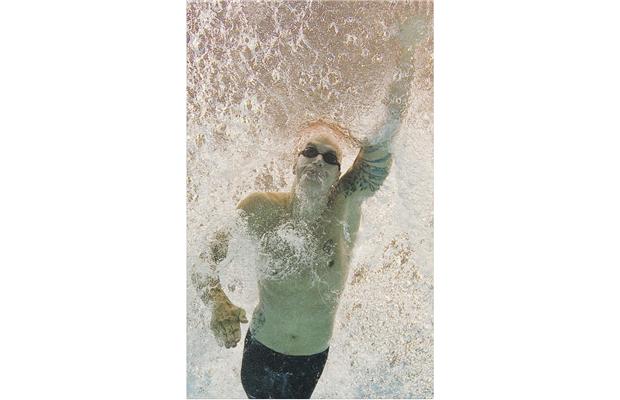
Brent Hayden is a former world-champion freestyle swimmer who will compete for Canada at the London Olympics, which begin later this month. He won a silver medal in the 100-metre freestyle at the 2011 world championships in Shanghai.
Photograph by: Francois Xavier Marit, AFP, Getty Images, Vancouver Sun
We recommend
-
False Creek woman assaulted after asking man to leave property (Vancouver Sun Local News)
-
Selena Gomez flaunts her figure in a low-cut leopard dress (Vancouver Sun Celebrities)
-
Three vehicles impounded after suspected race on Highway 1 near Chilliwack (The Vancouver Sun)
-
Snedeker scores an $11.44-million round (Vancouver Sun Sports)
-
Patriots coach Bill Belichick in hot water after grabbing referee (Vancouver Sun Sports)
From around the web
-
The 10 Most High-Maintenance Dog Breeds (Vetstreet)
-
A Mysterious Lady Wakes Up Dead (The New York Times)
-
Giant, awesome ‘tree lobster’ survived 80 years in hiding (Grist Magazine)
-
Chicago Express (Global Traveler Blog)
![[Visit Tiayanbao.com]](story_failid/01077860_300x100.gif)
Breaking News Alerts







